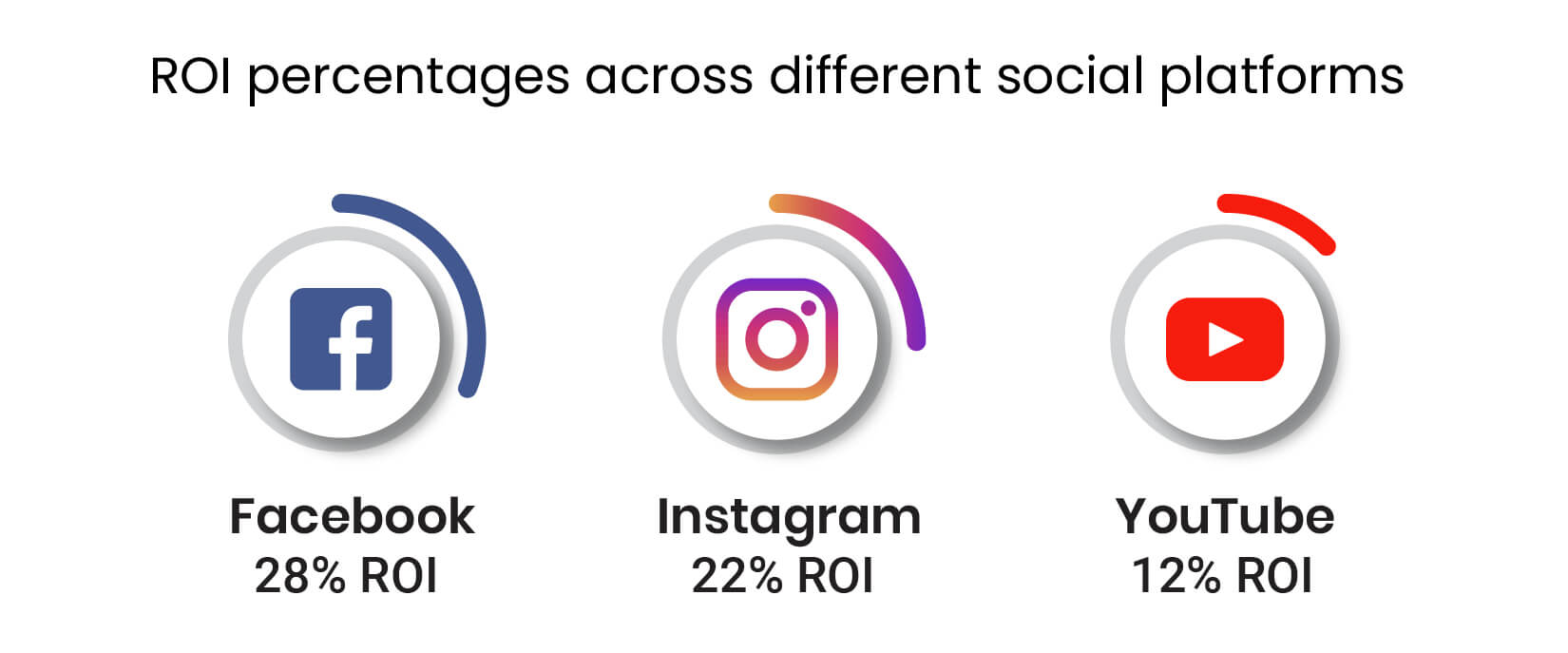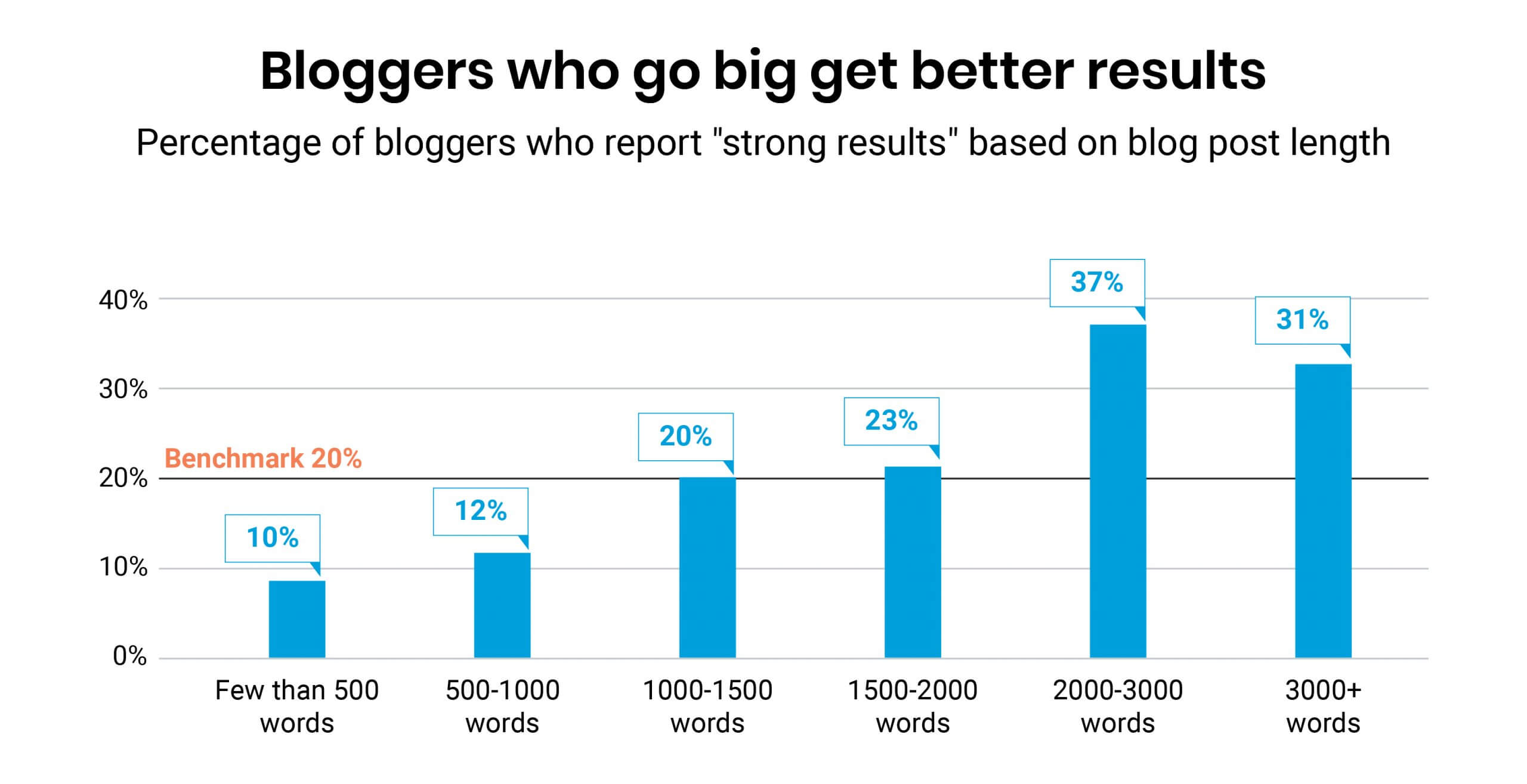In today’s digital-first world, small and mid-sized businesses (SMBs) face a critical choice: evolve your marketing approach or risk being left behind. Inbound marketing has emerged as the strategy of choice for forward-thinking SMBs looking to connect with customers in meaningful ways.
But does inbound marketing actually deliver results for businesses your size? The numbers speak for themselves.
We’ve compiled 20 eye-opening statistics across the entire inbound marketing ecosystem—from funnel performance to social media, email campaigns, and content marketing. Whether you’re just getting started with inbound or looking to refine your existing strategy, these insights will help you make informed decisions that boost your business growth.
Let’s explore how these modern marketing techniques are helping businesses just like yours attract qualified leads, connect with potential customers, and convert prospects into loyal clients—all without breaking the bank.
The Inbound Marketing Funnel: Your Roadmap to Customer Conversion
Before diving into the data, let’s be clear: a well-designed inbound marketing funnel doesn’t just organize your efforts—it transforms how prospects become customers. From that first moment of discovery through engagement and ultimately conversion, each stage strategically moves your ideal customers forward. These statistics reveal why mastering your funnel isn’t just good practice—it’s essential for sustainable growth.

-
Companies that excel at lead nurturing generate 50% more sales-ready leads at a 33% lower cost.
Nurturing prospects effectively delivers dramatic return on investment (ROI) compared to companies that don’t nurture effectively. By delivering targeted mid-funnel content and timely follow-ups, you can significantly boost lead quality and cost-efficiency moving down the funnel. (Source: Marketo, The Definitive Guide to Lead Nurturing)
-
The average conversion rate for top-of-funnel landing pages is 2.35%.
The median conversion rate from an initial website visitor to a lead (e.g., filling out a form) varies by channel; however, by ensuring you have a creative, differentiated offer, a user-friendly form-fill flow, and use A/B testing, you can increase your conversions. (Source: Wordstream, What’s a Good Conversion Rate?)
Social Media: The ROI Powerhouse of Modern Inbound Marketing
Think social media is just for likes and shares? Think again. Today’s most successful SMBs are leveraging these platforms as conversion engines that deliver measurable business results. While some traditional outbound tactics continue to lose effectiveness, social media has emerged as the cornerstone of high-performing inbound strategies that connect with your ideal customers where they already spend their time.
Your business can’t afford to overlook the potential of these platforms. The stats can tell us why.
-
57% of internet users typically find out about new brands/products via social media.
Social media is the backbone of successful inbound strategies. Use it to retain and grow your market share. (Source: GWI, Social Behind the Scenes)
-
88% of marketers are confident social media has a positive ROI for their company.
Make sure you track the true value for campaigns, considering time spent, tools, paid budgets, and sales to determine the most effective channels and content types for your business. (Source: HubSpot, Global Social Media Trends 2025)
-
28% of marketers say influencers on Facebook bring the best ROI.
Despite an evolving landscape, marketers see the highest return from influencers on Facebook (28%) versus Instagram (22%) and YouTube (12%). (Source: HubSpot, The State of Marketing 2025)

-
93% of consumers agree it’s important for brands to keep up with online culture.
Consumers use social to keep up with trends and recent events, even more than TV, streaming services, talking to friends and family, or other digital media. This is true across generations, which signals that SMBs must have a strong social presence to understand their customers and their environment. (Source: Sprout Social, The 2025 Sprout Social Index)
-
73% of social users agree if a brand doesn’t respond on social, they’ll buy from a competitor.
Comments sections, @-mentions, and DMs (direct messages) are a preferred method for consumers to get customer service. Make sure your team responds to social mentions to strengthen your competitive advantage. (Source: Sprout Social, The 2025 Sprout Social Index)
-
Social selling leaders create 45% more opportunities than peers who are less active.
Social selling goes beyond simply acquiring contacts—it’s about cultivating meaningful interactions that position your brand as a trusted problem-solver. Unlike transactional approaches, social selling aligns with lead nurturing—building and maintaining relationships throughout the entire sales journey. This requires sales teams to invest consistent time and deliberate effort in ongoing prospect engagement. (Source: LinkedIn, Why Is Social Selling Important)
Unlock Revenue and Reach with Email Marketing
Email marketing stands as an enduring titan among communication channels in today’s interconnected digital landscape. This powerful medium offers an unmatched combination of reach, personalization capabilities, and measurable results—all while consistently delivering exceptional ROI.
With billions of emails exchanged daily across the globe, this channel provides businesses with a direct pathway to connect with audiences at scale. Unlike many fleeting digital marketing trends, email has demonstrated remarkable staying power, evolving alongside advancing digital technologies while maintaining its fundamental effectiveness.
The statistics tell a compelling story: email marketing continues to be an indispensable tool for engaging prospects and transforming them into loyal customers. Through sophisticated targeting, businesses can craft personalized experiences that resonate with recipients, creating meaningful connections that generate conversions and foster lasting relationships.
What makes email particularly valuable in the marketing toolkit is its unique ability to combine mass communication with individual personalization—allowing messages to feel tailored even when deployed at scale. This balance of efficiency and customization explains why email marketing remains at the core of successful digital strategies for businesses of all sizes.
-
The average click-through rate (CTR) for email across all industries is 1.36%.
This statistic will vary depending on industry. Whatever your industry, sending short emails with a clear call to action to a segmented list for the right audience helps. (Source: Constant Contact, Average industry rates for email as of December 2024)
-
Email marketing delivers an avg. $36 for every $1 spent.
On average, for every $1 spent on email marketing, brands receive about $36 in return. By nurturing leads and customers through email newsletters, lead nurture sequences, and promotional campaigns, you can drive conversions very cost-effectively. (Source: Litmus, The ROI of Email Marketing)

-
91.5% of cold outreach email messages are ignored.
Generic emails with long subject lines are easy to ignore. Make your email stand out with a unique, eye-catching subject line. (Source: Backlinko, We Analyzed 12 Million Outreach Emails Here’s What We Learned)
-
63% of marketers use email marketing for content distribution and lead nurturing.
This makes email the fourth most popular content distribution channel, behind the company website (89%) and blog (84%), and email newsletters. (Source: Content Marketing Institute, B2B Content Marketing: Benchmarks, Budget, and Trends 2025)
-
Email sequences boost response rates by 160%.
Effective outreach campaigns target multiple contacts with multiple touchpoints over a planned time frame. Email sequences that engage several stakeholders through repeated contact attempts increase response rates significantly. (Source: Backlinko, We Analyzed 12 Million Outreach Emails Here’s What We Learned)
-
More than 1/3 of consumers ignore or delete brand emails about half the time.
Now here’s a major challenge for marketers. It’s clear that relevance and personalization are required now more than ever. They’re the keys to breaking through inbox fatigue. If your message isn’t timely or tailored, it’s likely headed straight for the trash. (Source: Statista, U.S. consumers ignoring marketing e-mails from brands by frequency)
The Business Case for Content Marketing
In a world drowning in sales pitches, content marketing emerges as your secret weapon—the art of winning customers without the hard sell. By crafting engaging stories that educate, entertain, and inspire, you transform strangers into loyal advocates who seek you out rather than flee from your outreach.
But don’t just take our word for it. The data speaks for itself. Content marketing isn’t just nice-to-have—it’s essential for business survival in the digital age.
-
90% of marketers use content marketing as part of their overall marketing strategy.
The vast majority of companies now create inbound content (blogs, videos, infographics, etc.) to attract and interact with their target audiences.(Source: Statista, Companies with a content marketing strategy worldwide)
-
96% of organizations use blogs for demand generation.
This aligns with the type of content that marketers use most frequently, with blogs at 70% and videos at 62%. Using the right type of content at specific stages of the buying journey supports audience discovery and engagement. (Source: Content Marketing Institute, The Struggle to Generate Demand from Buyers 2023)
-
21% of marketers report short-form video delivers the highest ROI.
Short-form video dominates as the preferred content format for both B2B and B2C brands, with images running a close second (19%) and live streamed videos (16%) third. Despite concerns about shrinking attention spans, engaged consumers willingly invest time in interviews, podcasts, and live streams from brands they trust and enjoy. (Source: HubSpot, The State of Marketing 2025)
-
37% of bloggers state that blogs with 2,000-3,000 words get strong results.
The average blog post is around 1,400 words; only 3% of bloggers write 3,000+ words. However, there is a correlation between content length and marketing performance. While the benchmark for solid blog performance is 20%, the longer posts could become reference posts that are not only consumed, but shared. (Source: Orbit Media Studios, 2024 Blogging Statistics: 11 years of Trends and Insights from 1000+ Bloggers)

-
52% of organizations are investing in thought leadership content.
Investing in thought leadership content establishes industry authority and differentiates your SMB from competitors in crowded markets. This specialized content builds trust with high-value prospects by demonstrating expertise beyond product features. It ultimately shortens sales cycles and attracting partnership opportunities. (Source: Content Marketing Institute, 57+ Content Marketing Statistics To Help You Succeed in 2025)
-
Content marketing costs 62% less than traditional outbound marketing.
Content marketing also generates more than three times as many leads as outbound marketing while being more cost-effective. Outbound marketing relies on promotional messages designed to showcase the merits of a brand, product, or service, and are shown to consumers regardless of their interest or receptiveness which can come across as pushy and invasive. Content marketing is much more engaging and encourages a relationship versus a transaction. (Source: Content Marketing Institute, 9 Stats That Will Make You Want to Invest in Content Marketing)
Elevate Your Marketing Strategy: The Power of Data-Driven Decisions
The statistics outlined above not only validate the effectiveness of inbound marketing but provide clear, actionable insights to help optimize each stage of your marketing funnel.
“In today’s digital landscape, the difference between companies that scale and those that stagnate isn’t just having data—it’s transforming that data into actionable intelligence. The most successful businesses aren’t just collecting information; they’re building ecosystems where data flows seamlessly between departments, creating a unified intelligence framework that informs every strategic decision. When marketing, sales, and product teams operate from the same data foundation, customer experiences become remarkably more personalized and conversion rates often increase.”
— Beth Powell, Senior Director of Marketing, Salesgenie
Whether you’re fine-tuning your social media presence, investing in sophisticated email nurture sequences, or scaling your content production, these insights emphasize the critical importance of an integrated, data-backed approach to customer acquisition and conversion.
By embracing these proven tactics, you can achieve a competitive advantage in today’s crowded digital landscape, ensuring your marketing investment goes further in building meaningful relationships, establishing credibility, fostering trust, and, ultimately, driving sustainable business growth.
Ready to Leverage Data for Your Inbound Marketing?
Salesgenie can provide high-quality targeted lead data to help you maximize the impact of your marketing initiatives.






